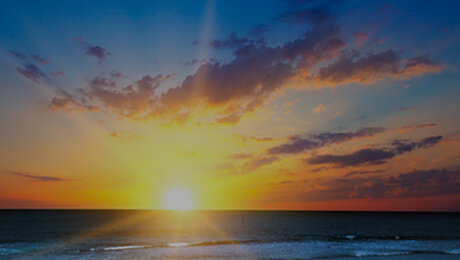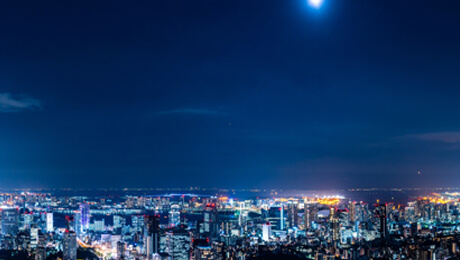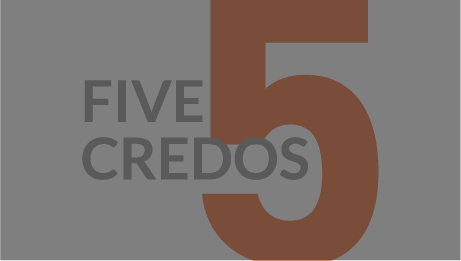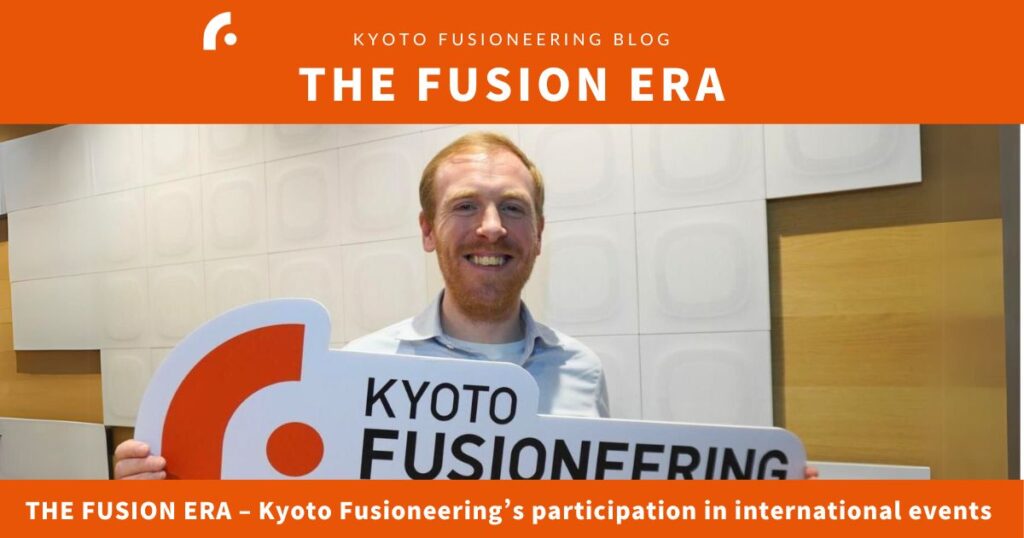
In our previous blogs, such as our participation in Seattle Fusion Week, we introduced events where our members took the stage. Since then, we’ve had the opportunity to participate in several other events on the domestic and international fronts. In this blog we share some insights from one of our members who has recently taken part in activities across the UK, Austria, US, and Japan.
This time, I had a chat with Reuben, one of our senior engineers. Along with an overview of the events he participated in, he shares insights into the power and importance of connections made during face-to-face interactions, as well as his mindset when speaking on stage.
– Would you describe your day-to-day work for us?
I belong to the Material Team in Plant Technology Division, where we focus on the research and development of materials for use in various fusion devices. We are trying to develop materials that can withstand the challenging conditions specific to fusion energy, such as high temperatures, high magnetic fields, and high neutron flux, to name a few. Additionally, we consider how dissimilar materials may interact in such systems, for example when materials must be joined or are exposed to corrosive environments.
– Which events have you attended in 2023 ?
Fortunately, I had the opportunity to participate in various events, from international conferences attended by world-leading fusion institutions to working with high-school students here in Japan.
In October I attended the “Fusion Energy Conference” in London. Hosted by the International Atomic Energy Agency (IAEA), it provided a platform for sharing research results and technological updates on fusion energy initiatives from around the world. Since KF had a booth, I had the chance to showcase our business and technical strengths to both local and global fusion institutions alike.
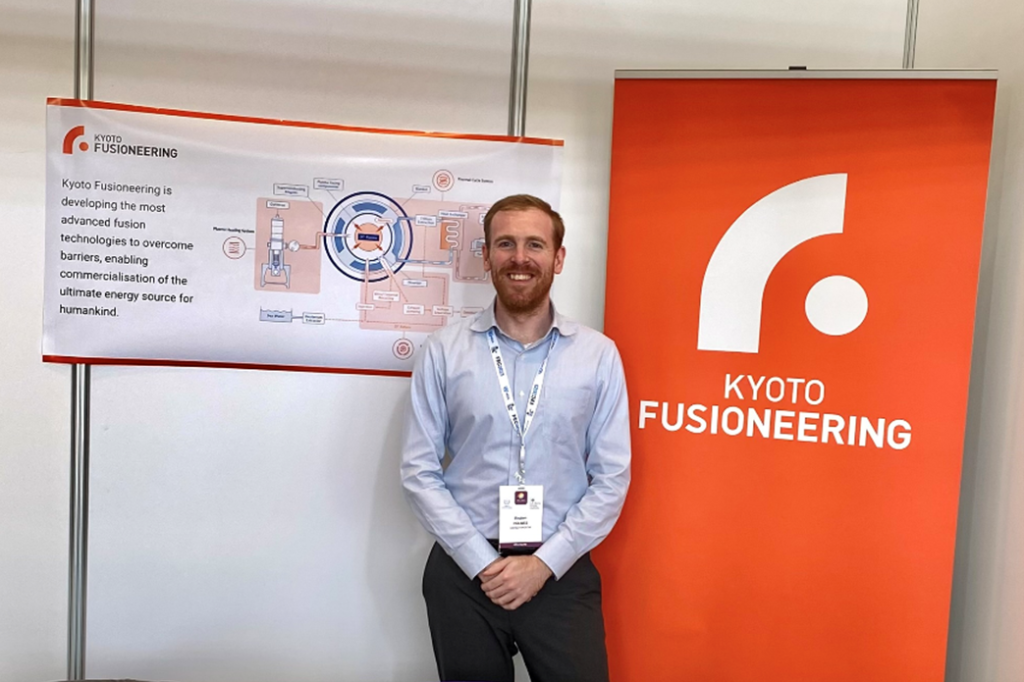
From London I headed to Vienna, where I participated in two events organized by the IAEA. First was the “Technical Meeting on Fusion Design Safety and Regulation,” where I presented the achievements of our Safety & Regulation Team, particularly our work on risk matrices and risk communication, and discussed how fusion regulations and risk assessments vary from country to country.

My second event in Vienna was the “Technical Meeting on Compatibility Between Coolants and Materials for Fusion Facilities and Advanced Fission Reactors,” which focused on my principal areas of expertise, materials and chemistry. We heard from materials experts spanning both the fission and fusion communities, with a focus on areas of synergy that have potential for knowledge transfer between fusion and fission power plants.
Our presentation slides and research paper are available for those who are interested to learn more.
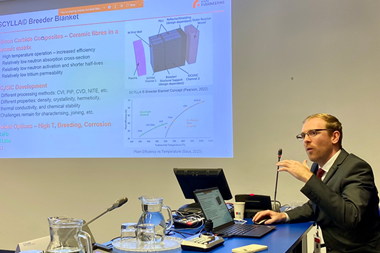
Then in November I headed to the Electric Power Research Institute (EPRI) in the US, to participate in the US Fusion Materials Roadmapping Workshop. It was a precious chance to represent KF and input the unique perspective of our company into the materials development roadmaps.

Shortly after my return to Japan, I took part in the Nuclear Energy Global School for high school students in Tsuruga City, Fukui Prefecture, where I talked about the UK’s energy situation, drawing on my professional background working in the UK (my home country). As my explanation was in English, I tried to choose simple and familiar words for students, while occasionally incorporating some Japanese words to help them understand key points. It was delightful to see students highly interested in energy issues, not least their support for fusion!
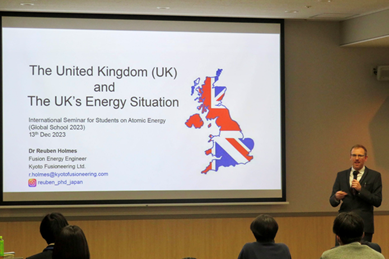
On reflection, I feel privileged to have had the chance to engage in deep technical discussions with fusion energy experts overseas, followed by relatively casual conversations with curious high school students in Japan. It’s interesting how much the people we interact with from different events can vary, and I always look forward to meeting many types of personalities wherever I go.
– Could you share any memorable experiences from participating in these events?
One thing that stood out was the wonderful feeling of meeting people face-to-face. Particularly, it was memorable to be in the same room as many famous authors of research papers I had cited in my Ph.D. thesis. It was a little nerve-wracking to present my research in front of them, since I heavily cited their work. However, at the same time it felt like I was creating new value on top of the foundations they had established, and it was a very proud moment to just be at the table. Always I hold a strong sense of gratitude to the companies and colleagues who support me to be present at such events, both at KF and my previous workplaces.
Also, I got a sense of the high expectations for Kyoto Fusioneering as a company. While many fusion institutions are focused on generating fusion energy itself, we are unique in handling the conversion of energy gained from the fusion reaction into something society can use, like electricity or hydrogen. To meet these expectations, I try to communicate our strengths thoroughly, honestly and in a humble manner to stakeholders, while making sure to discuss various aspects with team members daily to accumulate knowledge. After each event, I actively share information obtained to facilitate the overall growth of the team, with the overarching aim of ensuring our meaningful contribution to the fusion community and society at large.
– Were there any opportunities for further interaction after the events?
Certainly. I’ve had instances where people I met at events led to unforeseen opportunities. For example, a professor from the US whom I met at one of the IAEA events invited me to visit his lab after seeing my presentation. Coincidently, I already had plans to visit the US the following month for the aforementioned EPRI event, so during my trip I managed to visit his research institute and learn about their studies on materials. It’s still early days, but that small gesture and chat at the IAEA event in Vienna, followed by a visit to his lab in the US, led to a series of discussions about potential collaborative research between his lab and Kyoto Fusioneering.
Additionally, another professor I met in the US referred me to her colleague who was organizing a symposium on fusion materials, and I’ve since become part of the organizing committee!
I expect this chain of connections may lead to even more events and collaborations, like a kind of snowballing effect. It’s not just for personal benefit but also holds great potential for collaborative research and business opportunities for the company. Therefore, I value connections with whoever I meet, regardless of their background or current standing, because you never know what the future holds.
– Are there any specific things you keep in mind when presenting?
While I tend to get quite nervous before presenting, I have learned to approach the stage telling myself, “Everything will be fine.” In the early days of presenting, nervousness sometimes hindered my ability to express what I wanted to say, but having now presented many times (and survived!), I can draw on that experience as an effective antidote. Still, some nerves help to remain alert and avoid complacency, so it’s crucial to strike the right balance so we can perform as close as possible to our peak.
Secondly, I consciously try to create an atmosphere that makes it comfortable for the audience to ask questions. During my Ph.D. research days, I observed my supervisor actively engaging in Q&A sessions and encouraging his lab members to always ask questions. He explained that asking questions allows you to deepen your understanding, provides an opportunity for direct communication that can lead to new insights for both parties, and perhaps most importantly enhances your presence in the room and community. Actually, those who engage with me and ask questions are people I’m most likely to remember.
– What are your external event participation goals for 2024?
I would like to continue to participate in upcoming events to discuss fusion energy and our company with a larger audience! To achieve this goal, my personal goal for 2024 is centered around active leaning. Although joining KF has provided me with another opportunity to grow and apply my past experiences towards tackling new challenges, I am hungry to accumulate more knowledge, both from external sources to share within the company and on an individual level so I can contribute to the evolution of knowledge within my team and across the company.
Last but certainly not least, I also want to dedicate more effort to studying Japanese. I believe that being able to smoothly communicate in not only English but also Japanese will strengthen the overall coordination and understanding within my teams.
—
At our company, the experiences of participating in events, including photos, are shared on our internal chat tool. Although I somewhat knew about it by looking at the pictures, hearing the stories again made it clear that it’s not just about attending events; there are fascinating tales of encounters. As Kyoto Fusioneering, we expect to participate in various events in 2024, so we will cherish local exchanges even more and ensure to convey the charm of fusion energy and our contribution to fusion industry.
Subscribe to Our Newsletter
Follow Us on X, LinkedIn, Facebook and Instagram

